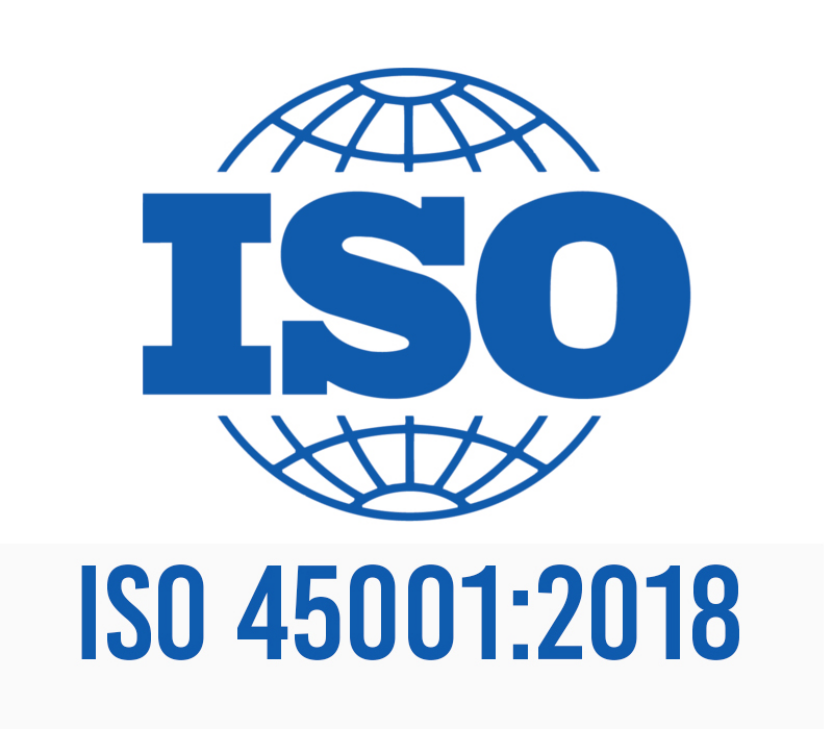ISO 45001:2018 Occupational Health and Safety Management Systems – Requirements with Guidance for Use
ISO 45001:2018 was published in March 2018.
ISO 45001 replaces OHSAS 18001 and organisations currently certified to OHSAS 18001 had a three-year period to migrate to ISO 45001 (March 2021). Due to the COVID19 outbreak globally, the transition period for migrating accredited certification from OHSAS 18001:2007 to ISO 45001:2018 has been extended up to six months by the International Accreditation Forum (IAF). Companies now have until 11 September 2021 to migrate from OHSAS 18001 to ISO 45001. All certification to OHSAS 18001:2007 will cease on 30th September 2021.
ISO 45001 affords organisations an opportunity to align their strategic direction with their health and safety management system thereby improving their occupational health and safety performance.
ISO 45001 has been developed to help organisations:
- Enhance leadership and commitment
- Identify workplace hazards, conduct risk assessments and implement effective controls
- Prevent injury and ill-health to their employees
- Ensure compliance with health and safety legislative requirements
- Improve their safety culture
- Increase consultation with and participation of their employees
- Increase health and safety considerations in procurement and contracting activities
- Improve training and awareness in their employees
- Enhance emergency preparedness and response
The benefits of a Health & Safety Management System are as follows:
- Reduced operating costs: less down-time due to incidents and ill health and lower costs from legal fees and compensation.
- Improved stakeholder relationships: increased focus on the wellbeing of employees, customers and suppliers.
- Legal compliance: understand how statutory and regulatory requirements impact your organisation and its customers.
- Improved risk management: identify hazards, determine risks and implement controls and measures to keep risk as low as possible, protecting employees, contractors and customers from harm.
- Proven business credentials: independent verification against a globally recognised industry standard.
- Customer satisfaction and safety: meet customer requirements consistently whilst safeguarding their health and safety.
- Corporate Social Responsibility: implementation of a structured management system can support elements of CSR.
The structure of ISO 45001 is based on Annex SL format and terminology. Annex SL was developed to ensure that all ISO management system standards share a common format irrespective of the specific discipline to which they relate.
Annex SL prescribes a high-level structure, identical core text, and common terms and core definitions. ISO 45001 contains the following principal clauses:
- Clause 1 Scope
- Clause 2 Normative references
- Clause 3 Terms and definitions
- Clause 4 Context of the organisation
- Clause 5 Leadership and worker participation
- Clause 6 Planning
- Clause 7 Support
- Clause 8 Operation
- Clause 9 Performance evaluation
- Clause 10 Improvement
It makes integration with other management systems simpler than ever before; because it shares the new common structure defined by Annex SL, it is directly aligned with the 2015 versions of ISO 9001 and ISO 14001 and is a welcome addition to the stable of ISO management system standards.








